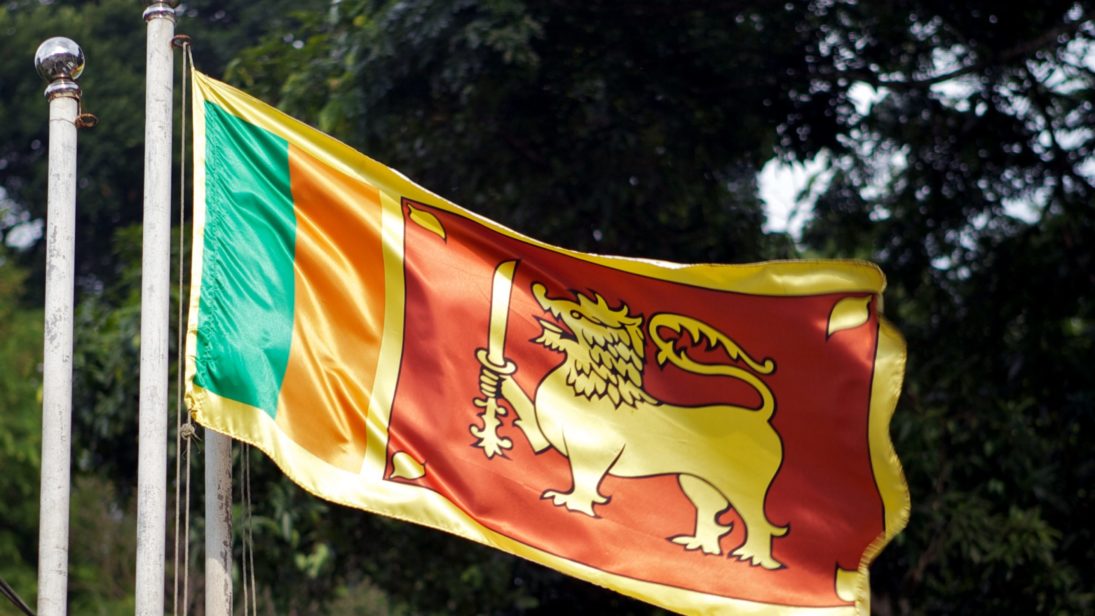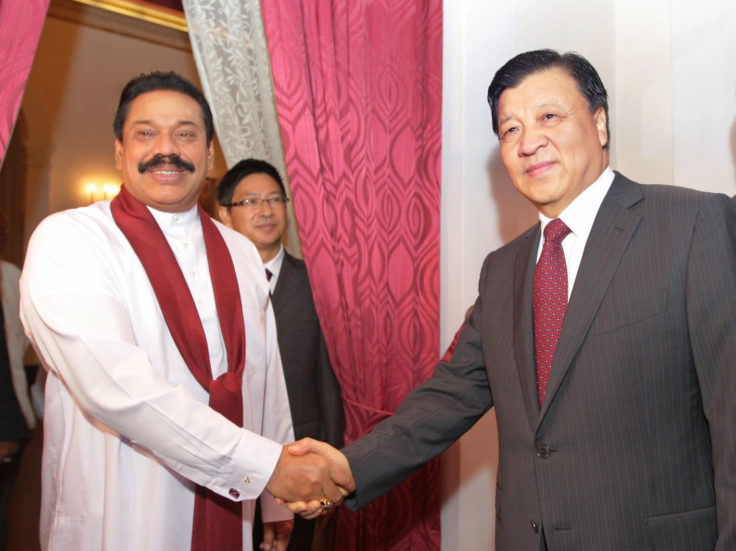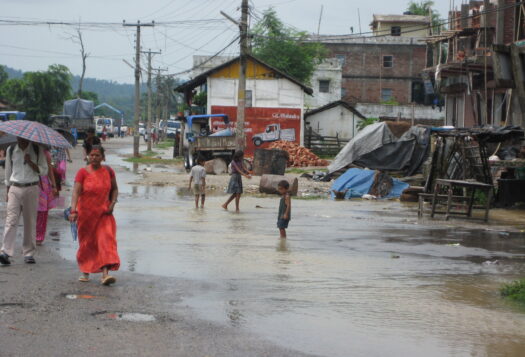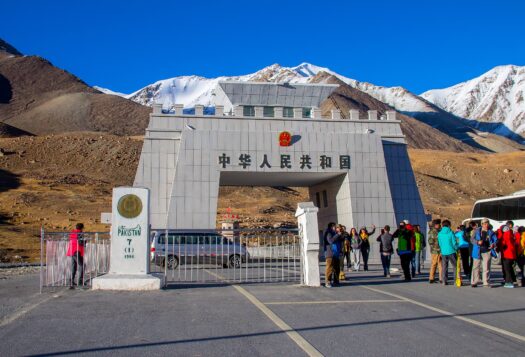
South Asian Voices recently published a series on Chinese financing in the South Asian region discussing the perspectives of three countries: Bangladesh, Nepal, and Pakistan. This article contributes an important but missing perspective—that of Sri Lanka, which is an often-cited case study in discussions about Chinese economic engagement in South Asia.
Despite the possibility of Sri Lanka falling prey to Chinese “debt-trap diplomacy”, the former’s economic relations with China have benefitted the island-state improve its economic and political standing in the region. Most analysts observe Sri Lanka’s relations with China within the context of China seeking influence in the region, and rarely from the perspective of how Sri Lanka has actually sought out funding. To incorporate a Sri Lankan perspective on Chinese financing in the region, this essay identifies three reasons why Sri Lanka sought Chinese financial assistance: domestic compulsions, achieving national development goals, and the strategic culture of the country.
Sri Lankan Interests: Domestic Politics and National Development
Domestic pressure within Sri Lanka has remained a driving force behind bilateral relations with China, especially when other friendly countries were unable to assist Sri Lanka in times of need.
Understanding historical ties between Sri Lanka and China is important for contextualizing their contemporary economic relations. Sri Lanka’s relations with China date back to the fifth century CE, however, post-independence relations commenced in the 1950s. Sri Lanka’s economic relationship with China is distinct because it precedes its political relationship: five years prior to establishing formal diplomatic relations in February 1957, the countries signed a trade agreement to exchange rubber for rice. This marked the first economic agreement a non-communist country signed with the People’s Republic of China and was especially unexpected given the pro-Western government in Sri Lanka. However, Sri Lanka was eager to sell rubber as the Korean War hindered prices on the international market. Meanwhile, China required rubber for its strategic interests. Sri Lanka likewise needed to source rice to feed its people, a commodity that was fast depleting due to weather and international sourcing obstacles. Thus, the inception of Sri Lanka-Chinese trade was driven by Sri Lanka’s primary objective of meeting domestic exigencies.
Domestic pressure within Sri Lanka has remained a driving force behind bilateral relations with China, especially when other friendly countries were unable to assist Sri Lanka in times of need. For example, constructing the Bandaranaike Memorial International Conference Hall (BMICH) in 1970 fulfilled the need for Sri Lanka to have conference facilities of international standard. Chinese engagement with private businesses from the mid-1990s to the present, and Sri Lanka subscribing to the Belt and Road initiative in 2014, are examples of this. “Neoclassical Realism”—which denotes a state whose foreign policy is influenced by domestic-level variables—is a great encapsulation of Sri Lanka grounding its foreign policy with China in domestic realities. This also indicates that Sri Lanka is conscious of its domestic policy and has not based its foreign policy merely on external pressures.

In addition to domestic demands, engagement with China was designed to help Sri Lanka achieve its national development goals. When the Sri Lankan government was fighting the separatist movement from 1983 to 2009, it faced enormous setbacks in attracting revenue, drawn primarily from the tourism industry. Adding to the island’s socio-political instability, the rebels attacked key infrastructures such as the oil refinery in October 1995, the Central Bank in January 1996, and the international airport in July 2001, to name a few. The attack on the airport had a particularly devastating effect on tourism in the country. In 2002, in an effort to offset financial instability caused by the conflict, Sri Lanka pursued a tourism agreement with China, wherein China endorsed Sri Lanka as an official tourist destination. After signing the agreement, the Chinese government permitted groups of over 40 Chinese nationals to travel to Sri Lanka and for the latter to launch official promotion campaigns in China. Accordingly, the Annual Report of the Central Bank indicates a 17 percent increase in tourists in the year 2002.
In addition, because the island was rife with terrorism, a majority of the country’s budget allocations focused on ensuring national defense and security. Partially because of this disproportionate budget, Sri Lanka found it challenging to allocate funds to achieve desired infrastructure development. This and an added fear of the Liberation Tigers of Tamil Eelam (LTTE) attacking critical infrastructure beforehand resulted in attempts to secure foreign financing when the conflict ended. Sri Lanka sought assistance from China to improve road and railway networks, port facilities, energy development, among other infrastructure projects.
Sri Lanka’s domestic priorities highlight that it is not keen on embroiling itself in regional power rivalries, but is engaging with its neighbors, including China, to harness opportunities to achieve national goals and support its domestic population.
Strategic Culture and Foreign Policy
Sri Lanka’s strategic culture—embedded in the country’s local political parties and religious groups—encouraged and provided a mandate for the government to eliminate terrorism from the country. Neoclassical Realism refers to strategic culture as the various sub-sections within a society—including the general sentiments of a society, military perspective, intellectuals’ perspective, etc.—that determine a state’s responses to international stimuli. Sri Lanka’s strategic culture has significantly echoed the need for engagement with China; the military, for instance, has encouraged the government to engage with China for defense and security reasons, especially in procuring defense equipment. Simultaneously, the foreign policy elites sought support from China at the United Nations, especially when Sri Lanka was a topic of discussion at the United Nations Human Rights Council (UNHRC). Sri Lanka sought assistance from China to help forward the Sri Lankan perspective at the UNHRC. Sri Lanka welcomed Chinese assistance, enabling the former to engage with countries whose support it otherwise would have been unable to receive at the UNHRC. Sri Lanka’s strategic culture is a decisive factor in its relations with China, as it has shaped the way Sri Lanka perceived the support China provided during times of need.
Conclusion
There is ample history and evidence to suggest that Sri Lanka is engaging with China to meet its own domestic imperatives, and not merely or even primarily to counter either Indian or U.S. pressures in the island. These considerations amplify Nilanthi Samaranayake’s observations that Sri Lanka is engaging with China to safeguard its national interests. Instead of singularly focusing on Chinese intentions in Sri Lanka, analysts should seek to understand Sri Lankan domestic imperatives and perspectives. Sri Lanka’s domestic priorities highlight that it is not keen on embroiling itself in regional power rivalries, but is engaging with its neighbors, including China, to harness opportunities to achieve national goals and support its domestic population. In short, it is important to consider Sri Lanka’s domestic exigencies when analyzing its foreign policy behavior, especially vis-à-vis its relations with China.
***
Image 1: Konstantin Zamkov via Flickr
Image 2: Mahinda Rajapaksa via Flickr


